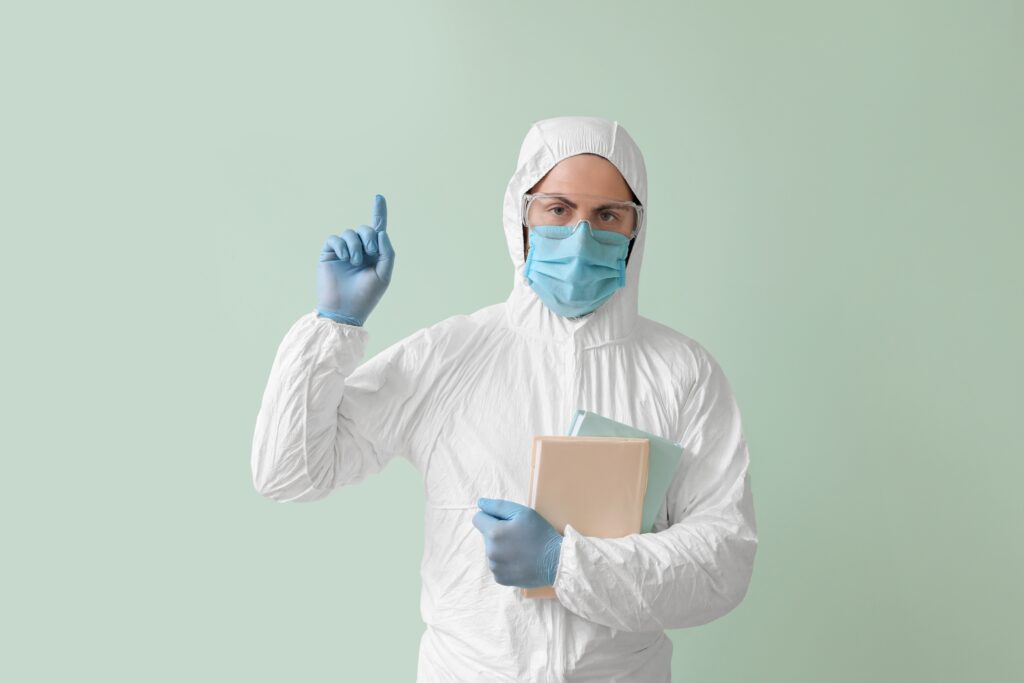Striking a Safe Balance in Navigating Healthcare Hazards
In the vibrant world of healthcare, there’s a delicate dance between dedicated professionals, patients seeking care, and concerned visitors. But beneath the surface, a constant challenge is keeping everyone safe while providing the best possible care. While organizations like OSHA provide training to catch us if we fall, absolute healthcare safety requires more than just a safety net; it demands a proactive and comprehensive approach from the institutions.
Think of healthcare professionals as navigating a maze. At every turn, there’s a new challenge:
The Hidden Dangers:
Powerful medications, strong disinfectants, and tricky lab materials create a chemical puzzle. Proper handling and the right protective gear are crucial to staying safe.
The Sharp Risks:
Needles and other sharp tools are a constant hazard. Strict handling rules and special containers are like the safety measures in a symphony, ensuring everyone stays safe and plays in harmony.
The Unseen Threats:
Infectious diseases, bloodborne pathogens, and allergens are invisible but dangerous foes. Following strict infection control rules and precautions is like suiting for battle, protecting patients and healthcare workers.
The Mental Struggles
Healthcare workers need support, communication, and mental health resources to manage stress.
The Physical Challenges:
Lifting patients and working in awkward positions can lead to injuries. Proper techniques and ergonomic equipment prevent these issues and keep healthcare workers healthy.
These threats put individuals at risk and compromise patient safety and the overall work environment. Building a safe healthcare environment requires a comprehensive strategy, like building a fortress against danger. This approach empowers both individuals and the system:
The Foundation:
OSHA standards provide the groundwork, covering everything from protective gear to workplace procedures. They’re like the blueprints for a sturdy fortress.
Continuous Learning:
Education on identifying hazards, assessing risks, and using safety gear is essential. It’s like having a guiding light in the storm, helping everyone navigate safely through potential dangers.
Customized Protocols:
Each department and job function needs specific safety protocols. These detailed plans outline handling hazards, lifting patients safely, and responding to emergencies, ensuring everyone knows their role in keeping the environment safe.
Risk Assessment:
Early hazard identification is crucial. Preventative measures can strengthen healthcare institutions’ defenses.
Investing in Safety:
Safe workplace? Ergonomic gear, ventilation, non-slip floors. No injuries.
OSHA helps healthcare organizations reduce risk through safety plans, collaboration, compliance, enforcement, and partnerships.
Join forces with MedPro Disposal to make healthcare safer. Collaborate for innovative solutions, best practice sharing, and safety standard enhancement.
Safe healthcare requires everyone’s commitment to proactive efforts.



